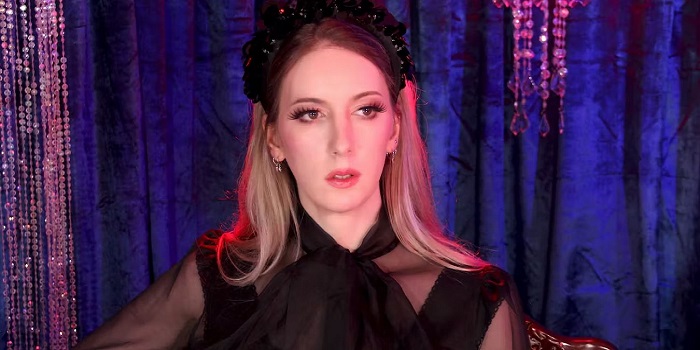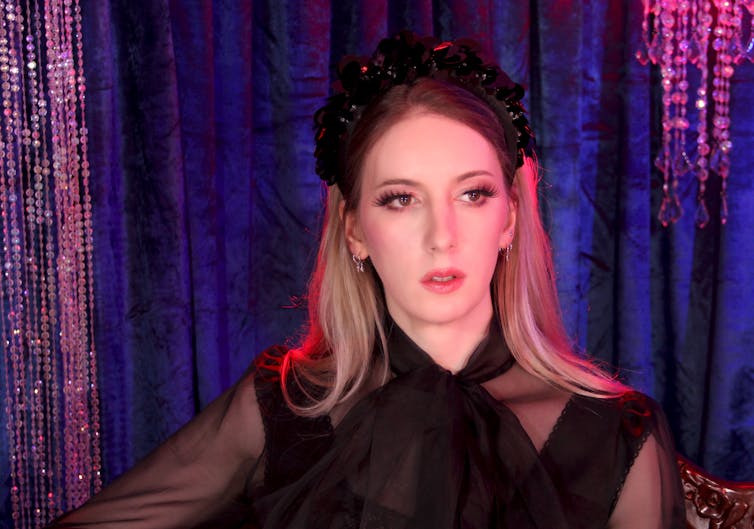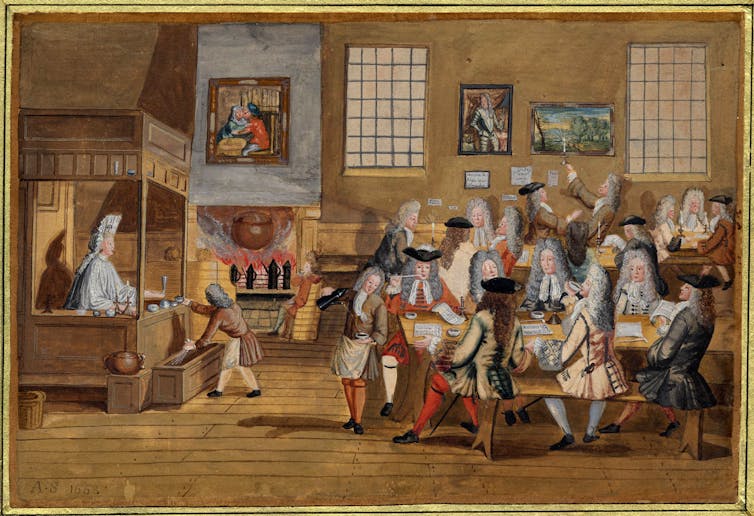
Cancel culture: YouTube videos on ‘getting cancelled’ are now their own genre and have links to the past.
The explosion of user-created content on platforms like YouTube, Twitch and TikTok has unsettled traditional notions of authorship.

We can consider relationships between authors and audiences, and their roles in the creative process, by examining how some YouTubers have addressed critiques of their public commentary after they have been “cancelled.”
Cancelling is a colloquial term applied to anything from discussion about an author with a critical tone to internet pile-ons or campaigns to deplatform individuals after that person does something their audience perceives as wrong.
There is much debate as to whether cancelling is a real phenomenon.
Nevertheless, videos where YouTubers address their own cancellation, answer their audiences’ questions about their public mistake and correct misunderstandings suggest forms of authorship that predate the modern emphasis on an individual creator.
Jessie Krahn, one of the authors of this story, has studied these “cancellation videos” as a unique sub-genre of YouTube apology videos.

Direct response to audience desire
In a 2019 article in Vice, Bettina Makalintal wrote that YouTubers’
“apologies — like lipsticks — have become just another product” and their own genre. YouTube apology videos feature a YouTuber unequivocally taking responsibility for one accusation.
In YouTube cancellation videos, by contrast, creators take responsibility for some of the accusations, question the validity of others and address the dynamics of social media cancellation more broadly in relation to their own situation. These videos are created in direct response to audience desire.
YouTubers frame these videos as opportunities to be frank and open with their viewers, acknowledging their audiences’ criticisms as worthy of engagement. However, they also critique the audiences’ critiques.
Accepting, rejecting some criticisms
One of the most famous examples of a cancellation video is YouTube beauty guru James Charles’s “No More Lies,” when Charles surveys criticisms levied against him. The video, which has had more than 50 million views since it was posted in 2019, was in response to a messy public fallout that began with allegations that he was inconsiderate to a friend and mentor.
In Charles’s cancellation video, he stands by everything he said in an earlier apology video, but the cancellation video also refutes public criticisms of his character. Commentators note some criticism directed at Charles was homophobic.
The aptly titled 2020 video “Canceling,” by cultural commentator and YouTuber ContraPoints, crystallized the cancellation video genre.
In the video, Natalie Wynn, the personality behind ContraPoints, addresses the controversy that erupted after she included content that some viewers believed endorsed the view that transgender identity is only authentic if a person transitions through medical intervention.
Wynn examines a number of her controversial tweets. She dismisses many of the criticisms as taking her tweets out of context and suggests that some of the criticisms were transphobic. However, she also accepts when something she wrote was open to being misconstrued, admitting: “We’ll call this a bad tweet.”
Moral discussions
Cancellation videos reveal how social media authors create their content in direct response to audience commentary and expectation. For audience members, cancelling is a way to negotiate their love for authors with their own values.
When an author is “cancelled,” audiences try to understand how they can continue engaging with the author despite their newfound knowledge of the author’s perceived flaws.
When, in response, YouTubers reach out to their viewers through the format their audiences came to know them in, it is a way to be publicly forthcoming and engage viewers in moral discussions. Such videos also reinscribe the boundaries that restrict audiences to only knowing authors through their video content.
Cancellation videos are examples of the ways internet video is not merely driven by the identities of popular personalities on social media, but also by the audience’s responses to those personalities.
Dialogues between authors and audiences shape future content created by the YouTubers.

Pre-modern authorship
The mode of authorship seen in YouTube cancellation videos combines the intense interest in the author as a singular creator that has long dominated popular conceptions of authorship with an older model of authorship that was popular in 17th-century England.
Before the belief in the original genius of the author took root in Britain during the late 18th century, many anonymous pamphlets and books circulated that were crafted directly around readers’ desires and reading habits.
Such texts directly responded to their readers’ desire for literature that invited public discussion and was socially oriented.

New access to information
Authors wrote to engage with the political struggles of the time, and took advantage of the new coffeehouses to circulate their ideas and boost their texts’ popularity.
The number of coffeehouses increased exponentially in late 17th-century London. They were cheap places in which to conduct business and gain access to the latest newspapers and political gossip.
Coffeehouses’ bench-style seating made them egalitarian spaces for discussion, thus making them an integral part of the rise of democratic ideals in British society.
The rise in texts dependent upon social conversation to render them popular was directly linked to new public spaces. These spaces expanded access to news and knowledge for men (and some women) at all levels of British society.

New public spaces, new texts
Seventeenth-century readers had a new, more accessible forum for media consumption, and this influenced the texts being produced by authors at the time. The same can be said for social media influencers today.
Examining social media creation within the complicated history of authorship spotlights how new ways of consuming media shift the relationship between author and audience.
It also suggests how authorial agency is never only about one person’s creative drive.![]()
Erin Keating, University of Manitoba and Jessie Krahn, University of Manitoba
Erin Keating, Associate Professor, Department of English, Theatre, Film & Media, University of Manitoba and Jessie Krahn, Master’s student, Department of English, Theatre, Film & Media, University of Manitoba
This article is republished from The Conversation under a Creative Commons license. Read the original article.
